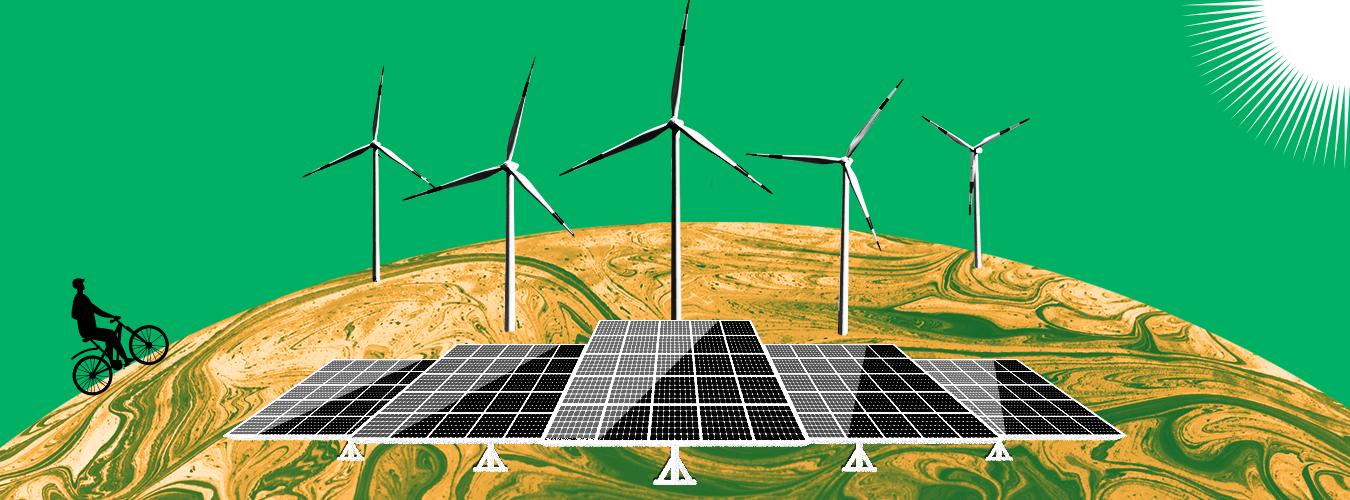October 19, 2024
Challenges in the Transition to Renewable Energy and The Future

Challenges in the Transition to Renewable Energy
-
Intermittency and Energy Storage One of the biggest challenges of renewable energy is intermittency—solar and wind energy are not available 24/7, as they depend on weather conditions. To address this, energy storage solutions such as batteries are needed to store excess energy when renewable sources are abundant and release it when demand is high. Advances in battery technology, like those seen in Tesla’s Powerwall or large-scale grid batteries, are making renewable energy more reliable.
-
Initial Infrastructure Costs While renewable energy is becoming more affordable over time, the initial cost of installing renewable energy infrastructure can still be high. Solar panels, wind turbines, and energy storage systems require significant upfront investment, though they offer long-term savings on energy costs. Governments can help offset these costs by providing subsidies, tax incentives, and grants to encourage investment in renewable energy.
-
Land Use and Environmental Impact Large-scale renewable energy projects, such as wind farms or solar fields, require significant amounts of land, which can sometimes lead to habitat disruption. Hydropower projects can also affect aquatic ecosystems if not carefully managed. As we transition to renewable energy, it is essential to ensure that these technologies are implemented in ways that minimize their environmental footprint.
-
Political and Economic Barriers Despite the clear environmental benefits of renewable energy, political and economic barriers can slow the transition. Fossil fuel industries often have deep economic and political influence, and in some cases, renewable energy policies face resistance from governments or corporations that benefit from the status quo. Overcoming these barriers will require public support, strong leadership, and international cooperation.
The Future of Renewable Energy
As technology advances, renewable energy is becoming more efficient, affordable, and scalable. Innovations like floating solar farms, advanced wind turbines, and next-generation batteries are pushing the boundaries of what is possible. Furthermore, international agreements like the Paris Climate Agreement are encouraging countries to commit to reducing their emissions and increasing their use of renewables.
Looking ahead, we can expect continued growth in renewable energy adoption. Many countries and regions are setting ambitious targets for 100% renewable energy, with timelines ranging from 2030 to 2050. Achieving these targets will require not only technological innovation but also strong policy frameworks, financial investments, and public engagement.
Sharing is sexy
Latest article
- Troubleshooting Guide: Resolving cURL Error 60 (SSL Certificate Problem) During Auth0 Callback
- Exploring the Sacred Arupadai Veedu: The Mythical Journey of Lord Murugan's Six Abodes
- The Start and Spread of Coronavirus: A Timeline
- Challenges in the Transition to Renewable Energy and The Future
- Types of Renewable Energy Sources and Role in Combating Climate Change
Categories
Topics
AI Artificial Intelligence CGI cinema error Hanuman php rajinikanth
Administrator